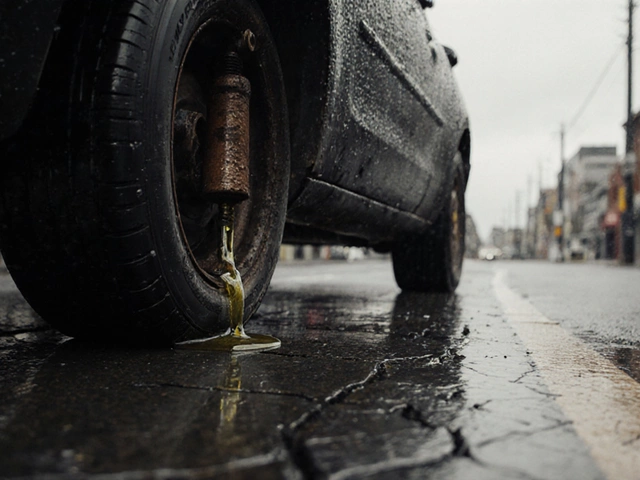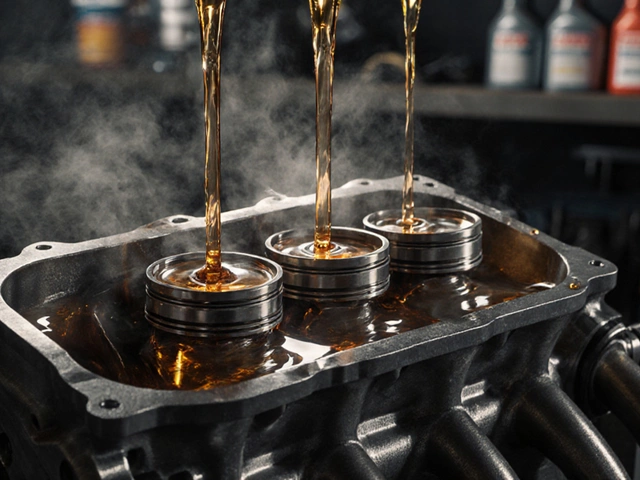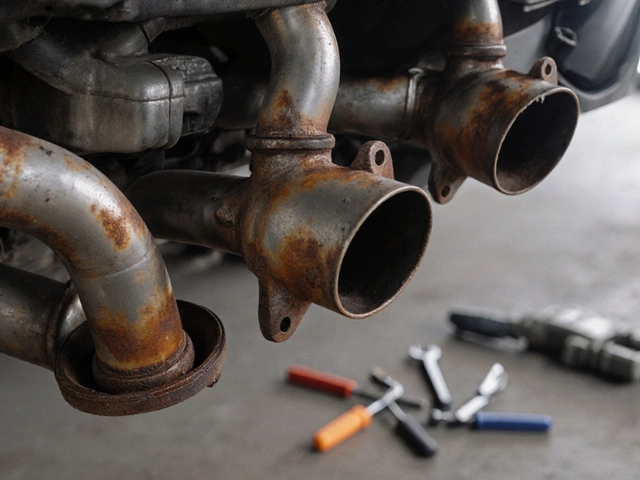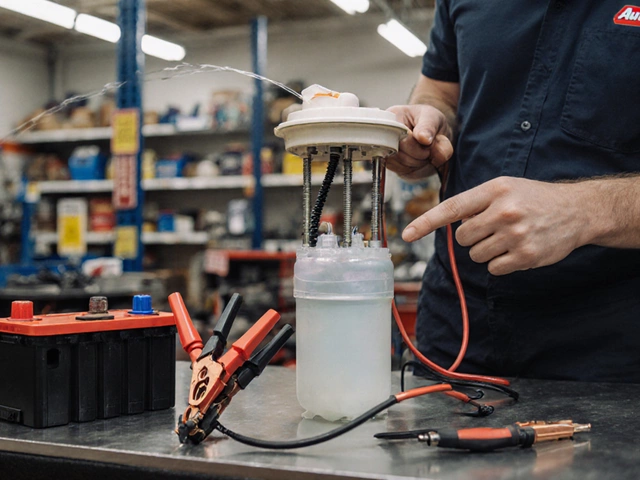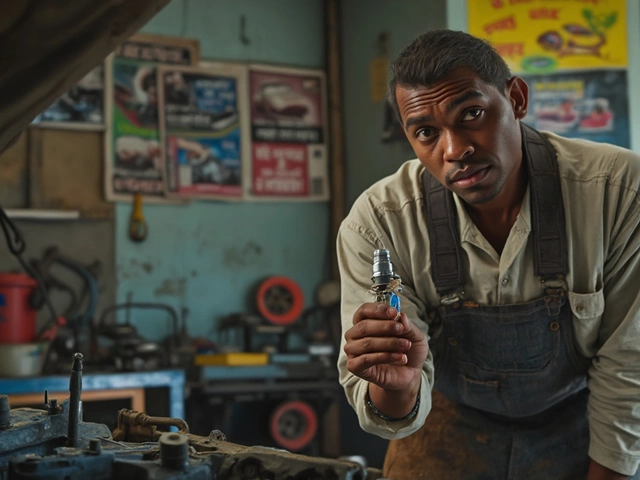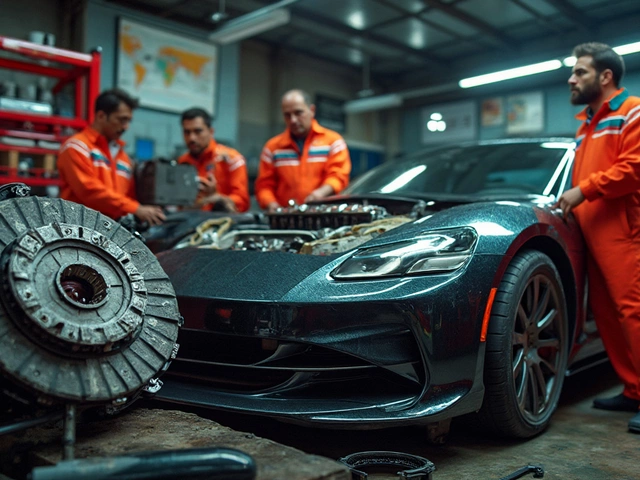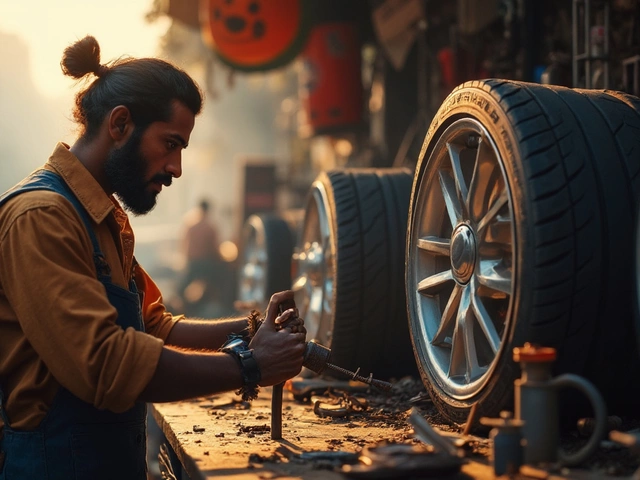Rubber Wiper Blades: What They Are, How They Work, and When to Replace Them
When your rubber wiper blades, the flexible strips that sweep water off your windshield. Also known as windshield wipers, they're one of the most overlooked parts of your car—until you can't see the road. They don’t last forever. Over time, heat, cold, UV rays, and dirt break down the rubber, leaving streaks, skips, and smears. That’s not just annoying—it’s dangerous.
Most cars use rubber wiper blades, a simple design with a metal frame holding a rubber edge that presses against the glass. But not all are the same. Some have a beam-style frame for better pressure distribution, others use a traditional bracket design. The rubber itself varies too—some are treated to resist cracking in extreme heat or freeze-proofed for winter. If you live where it rains often or snows hard, the right blade makes a real difference.
What wears them out? Sunlight is the biggest killer. Even if you don’t drive much, the rubber degrades just sitting on your windshield. Ice and dirt grind against the edge, creating tiny nicks that turn into streaks. And when the rubber gets hard or cracked, it doesn’t glide anymore—it jumps and chatters. You might think it’s just dirty glass, but it’s the blade failing. A quick test: lift the arm and run your finger along the rubber edge. If it feels rough, brittle, or has visible cracks, it’s time to replace them.
Replacing rubber wiper blades, a task that takes less than five minutes and costs under $20 for a pair, is one of the easiest DIY jobs. No tools needed. Just pop off the old ones, snap on the new ones, and you’re done. But don’t wait until you’re squinting through a blurry windshield. Most manufacturers say replace them every 6 to 12 months, but if you notice streaking or noise, don’t wait. It’s not about being fancy—it’s about seeing clearly when it matters.
Some people try to extend blade life by cleaning them with vinegar or alcohol. That might help for a few days if they’re just dusty, but it won’t fix cracked or hardened rubber. You can’t polish away wear. And cheap blades? They often use lower-grade rubber that fades fast. Stick with trusted brands—even if they cost a few dollars more, they’ll last longer and work better.
And while we’re on the subject, don’t forget the rear wiper if your car has one. It’s often the same design, just smaller. A failing rear blade can make backing up or driving in heavy rain a guessing game. Same rules apply: check it, replace it, don’t ignore it.
You’ll find plenty of posts here about other car parts that wear out quietly—shocks, fuel pumps, brake calipers—but rubber wiper blades are different. They’re cheap, easy to fix, and directly impact your safety. Skip them, and you’re risking more than a bad view—you’re risking control. The articles below cover everything from how to pick the right blades for your model, to why some cars don’t even have rear wipers, to what happens when you delay replacement. No fluff. Just what you need to keep your windshield clear.
Silicone vs Rubber Wiper Blades: Which One Lasts Longer and Performs Better?
Silicone wiper blades last longer, perform better in rain and snow, and reduce noise compared to rubber blades. Find out which one is truly better for your car in New Zealand's tough weather.
CONTINUE READING